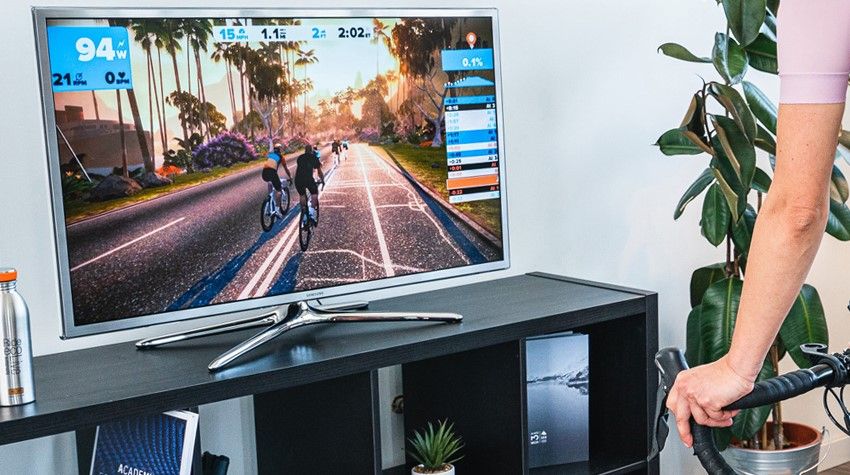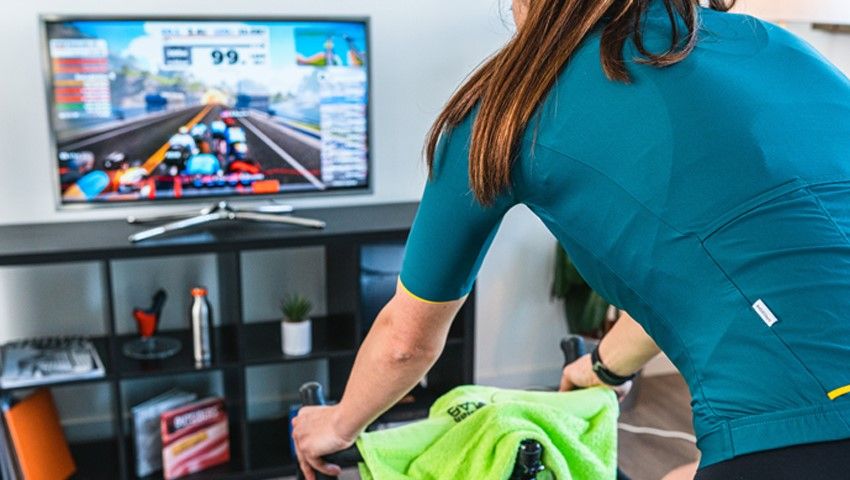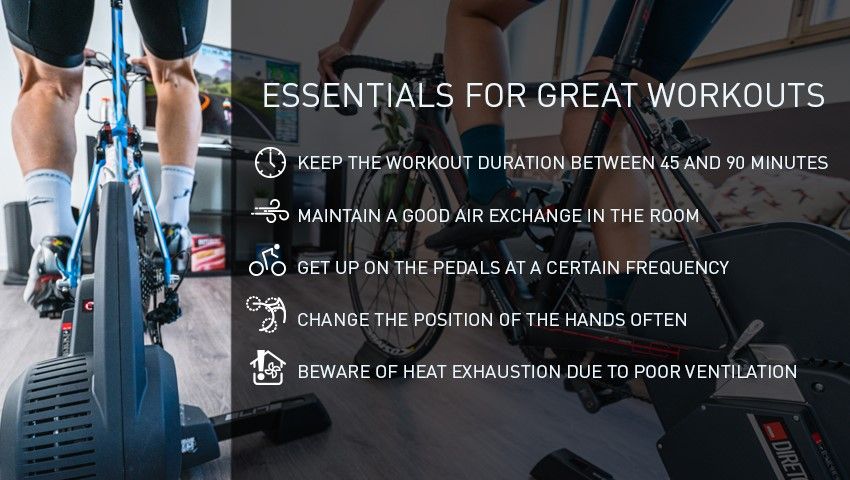
MINI GUIDE TO INDOOR TRAINING. THE EXPERTS TALK.
[ssbp]During quarantine we all learned that indoor training has its own peculiarities. It is not the „typical“ training when there’s less than ideal weather, but it is the kind that carries with it certain levels of difficulty, requiring a closer look on techniques, duration and specific chamois pads.
So what are the considerations that should be made to make the most of indoor training?
We asked the professors of, Dr. Antonio Paoli and Dr. Giuseppe Marcolin (Department of Biomedical Sciences of the University of Padua), Dr. Andrea Fusaz (athletic trainer CCC Team and technical collaborator of the Cycling Team Friuli, as well as biomechanical owner of the CTF Lab) and Denis Bertoldo (R&D Manager of Elastic Interface®).
The experts will accompany us in various installments of this mini-guide on keeping fit and staying in shape… as we all prepare to go back to cycling outdoors.
In indoor training, sweating increases exponentially. Why is this so?
Dr. Giuseppe Marcolin: Sweating is a mechanism adopted by the body to lower body temperature. Sweating too much indoors is due to the lack of ventilation, which helps to lower the body temperature (convection). While riding, the cyclist performs intense efforts while reaching high speeds (descents) which, due to the effect of the air, reduce body temperature. In the simulated descents of indoor training, one is obliged to keep pedaling while there is no air action, explaining why the cyclist sweats so profusely.

Does cycling indoors fill the environment with CO2, and leave little oxygen?
GM: The time spent on indoor trainer does not significantly alter the concentration of CO2 so much so that it can cause health risks. For better comfort, however, it is preferable to keep a window open or slightly open depending on the outside temperature. This ensures good air ventilation in the room.
Can using a fan prevent heat stroke?
GM: The use of the fan is subjective and can help disperse the heat during exercise on the indoor trainer. If used, it is advisable to operate the fan at low speeds.
What is the recommended duration for an indoor workout?
GM: While there is no ideal duration, an average duration ranges from 45 to 90 minutes depending on the kind of training. Rather than an excessively long session, the training can be broken up into a morning session and an afternoon session. It is also important to define the number of training sessions per week. For an average cyclist, 60 minutes of training every other day is definitely a solid training program. It is advisable to partake in high quality workouts to get the maximum benefit.
In what sense can the body be subjected to “too much” stress in indoor training?
GM: The static sitting position causes greater concentration of pressure on the perineal area compared to pedaling on the road. Not only does indoor training require the cyclist to remain seated most of the time, the lack of bicycle oscillations also make their position more static. Consequently, the pressure on the perineum remains practically confined to the same area for most of the training. To solve this, get up on the pedals at a certain frequency to lift the burden off the perineal area.
It is also useful to change the position of the hands often, even if cycling makes the rider grip the handlebar area near the stem. Doing this helps to significantly change the area of the perineal area in which pressure is concentrated.
In summary:
- beware of heat exhaustion that can occur due to poor ventilation;
- maintain a good air exchange in the room;
- workouts should have an average duration between 45 and 90 minutes;
- getting up on the pedals at a certain frequency;
- change the position of the hands often

For the next installment of tech tips we will provide a guide to how to structure your indoor training session, straight from the experts!
#tobecontinued